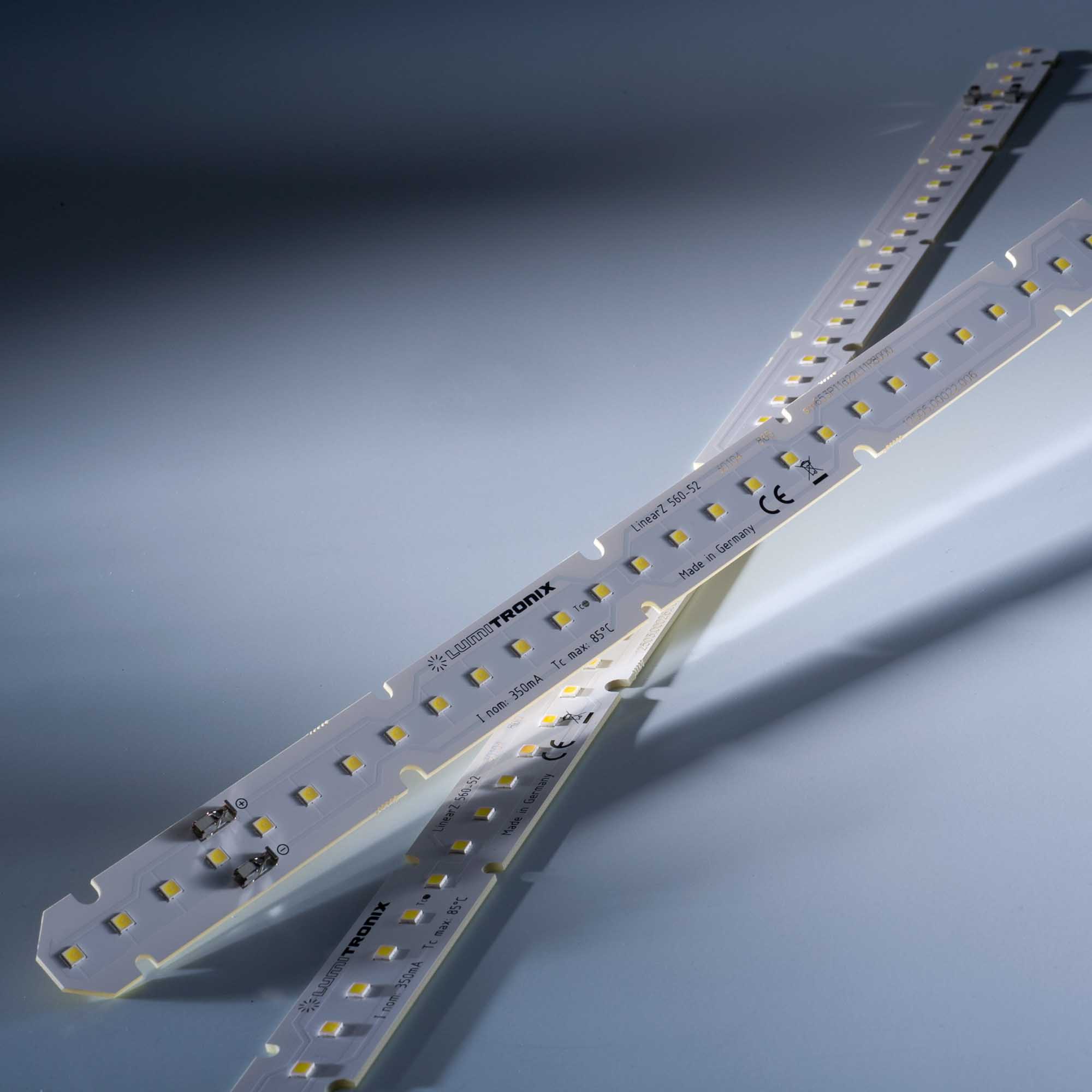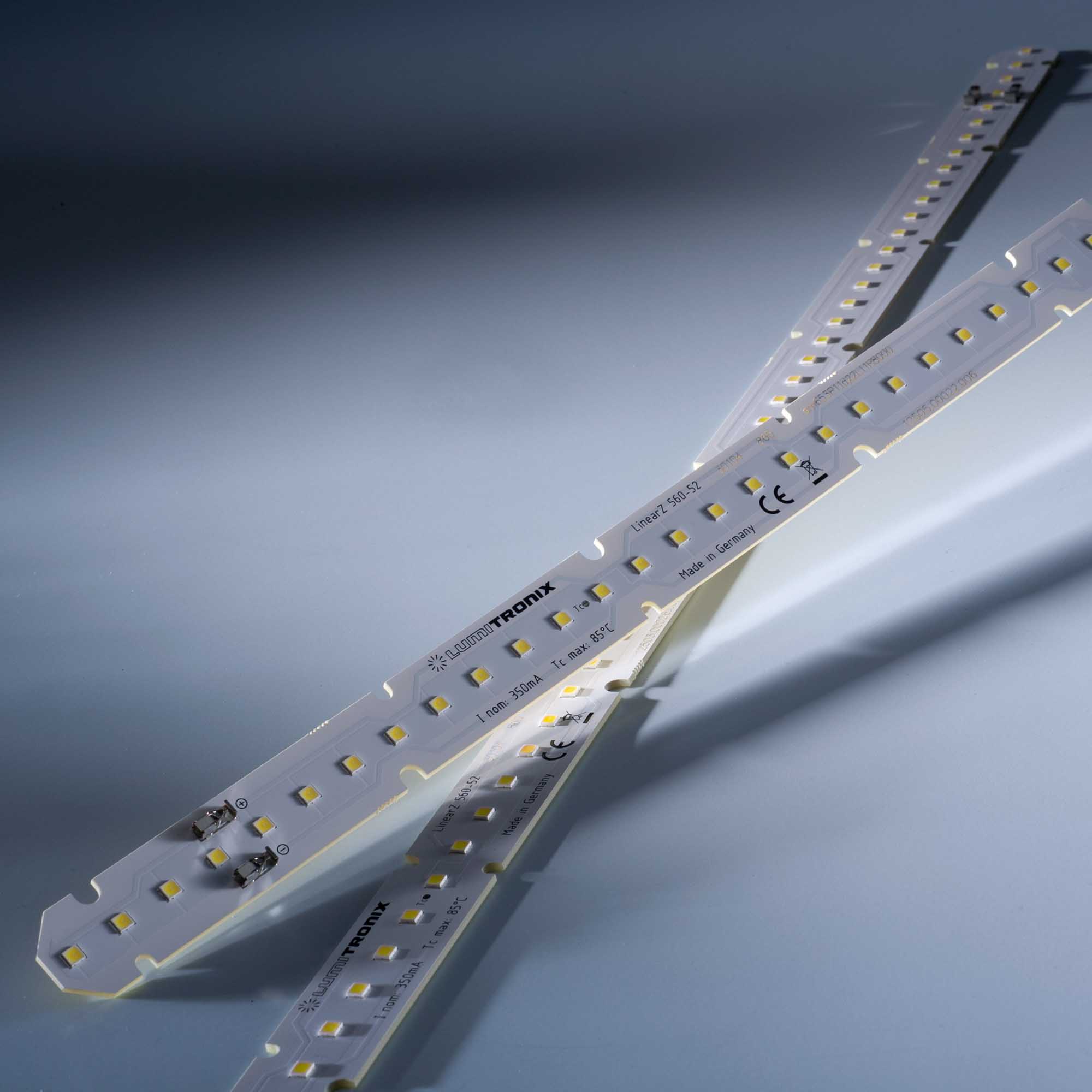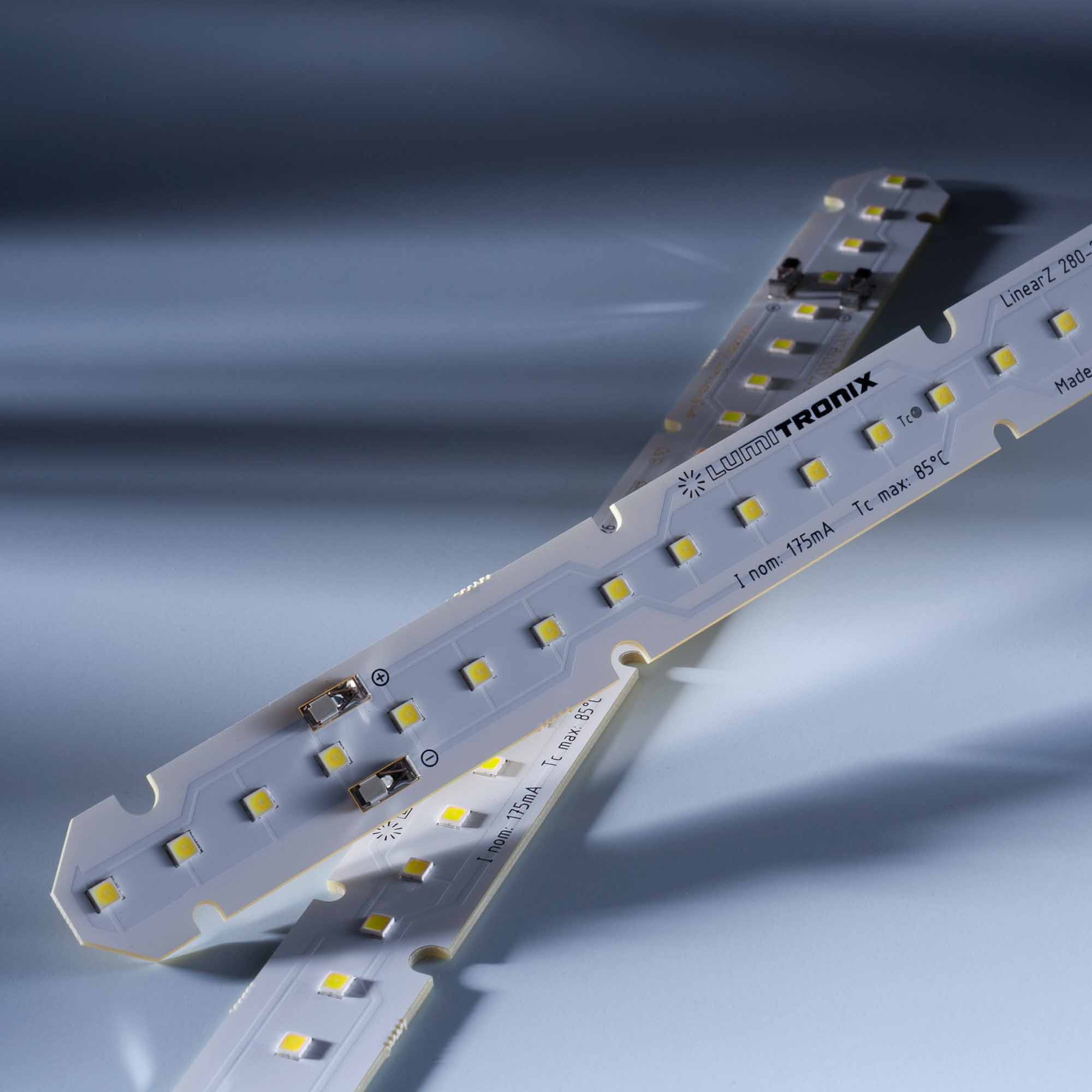The Magic of Nichia Optisolis LEDs: A Revolution in Art Illumination
- By Lumistrips LED Professional
- Mar 15, 2023

Nichia's Optisolis is an innovative white LED technology that is revolutionizing the way we perceive and appreciate art in museums and galleries. By closely mimicking the light spectrum of natural sunlight, Optisolis LEDs render colors with high accuracy and provide an enhanced visual experience for viewers. In this article, we'll explore the science behind this groundbreaking technology, its applications in museums and galleries, and the benefits it brings to both the preservation and enjoyment of art.
How Optisolis Works: The Science Behind the Magic
Nichia's Optisolis LEDs use a unique combination of a special blue LED chip and a high-quality phosphor, developed through Nichia's extensive expertise and proprietary technologies. The 420 nm blue chip produces a spectrum that contains almost no UV emissions, and when combined with the new phosphor, achieves a Sun-like spectrum quality with a Color Rendering Index (CRI) value of 98+. A high CRI value is essential for accurate color rendering, as it measures how well a light source can reveal the true colors of objects compared to natural sunlight.
The low UV emissions of Optisolis LEDs make them ideal for use in museums and art galleries, as they illuminate the artwork without causing damage from harmful UV rays. This is particularly important for the preservation of delicate and valuable works of art.
Optisolis in Museums and Art Galleries
1. Otsuka Museum of Art, Naruto City, Japan
The Otsuka Museum of Art, located in Naruto City, Japan, is home to the largest permanent exhibition in the country, showcasing over one thousand ceramic reproductions of priceless Western artworks, from ancient frescoes to modern paintings. By using Optisolis light fixtures, the museum is able to illuminate the displayed artwork with a high fidelity and naturalness that was previously only achievable with natural light. As a result, visitors can now experience the vivid tones and finer details of these masterpieces in a way that was never possible before.
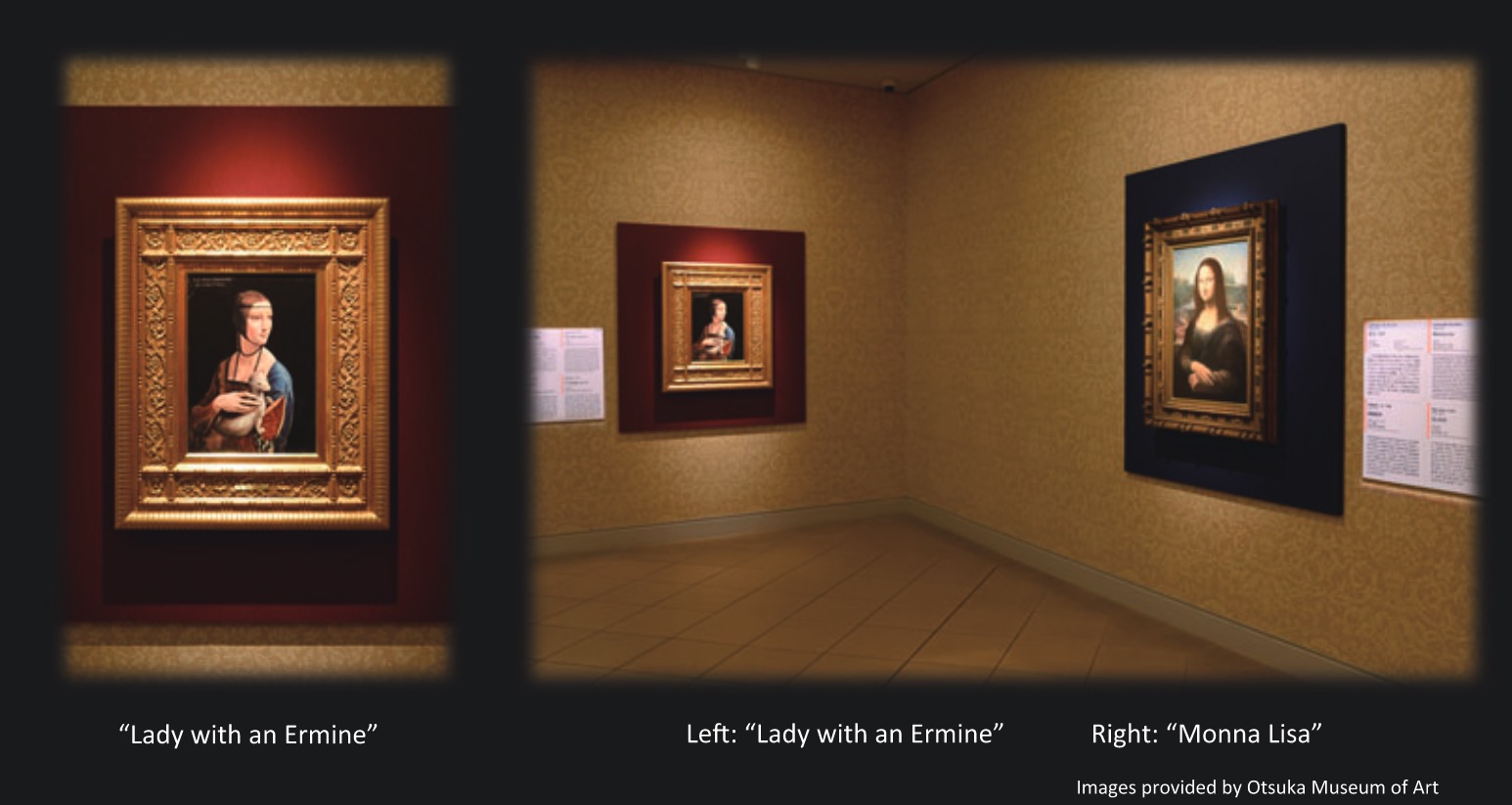
2. Zeppelin Museum, Friedrichshafen, Germany
The Zeppelin Museum in Friedrichshafen, Germany, is another institution that has embraced the benefits of Nichia's Optisolis technology. The museum's previous lighting system utilized CRI80 LEDs, but the upgrade to Optisolis CRI99+ LEDs has made a significant difference in the way the paintings are presented. The true colors and textures of the artwork are now much more visible, allowing visitors to appreciate the art in a whole new light.
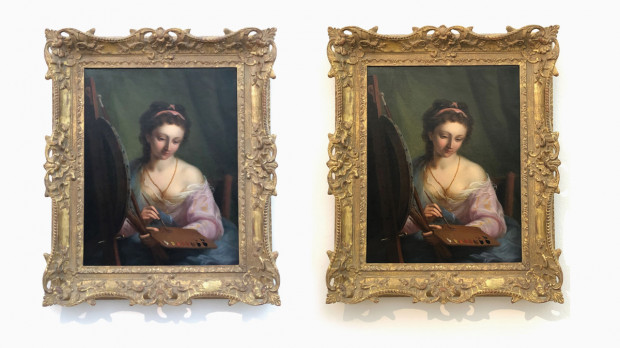
Similarly, the Picasso Museum in Münster, Germany, has implemented Nichia Optisolis lighting, greatly enhancing the viewing experience of the iconic works by Pablo Picasso. The difference between the previous CRI80 LED lighting system and the new Optisolis CRI99+ LEDs is striking, as the true colors and textures of the unique works are now more accurately and vividly displayed.
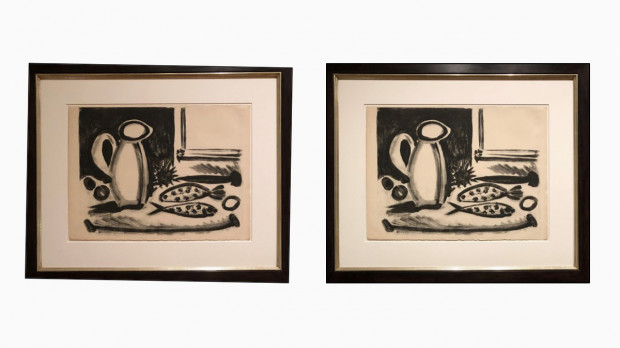
The Ludwig Museum in Koblenz, Germany, has also experienced the transformative power of Nichia Optisolis LEDs. The bold, full colors of the paintings are now more prominently showcased, thanks to the Optisolis light system. The comparison between the previous LED lighting system and the Optisolis technology is a testament to the significant improvement in color rendering and visual experience.
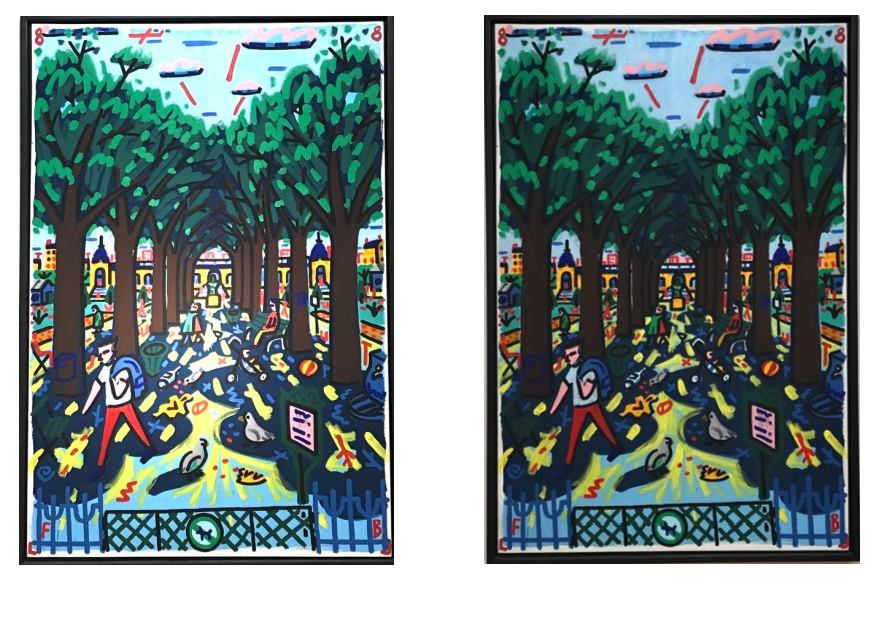
Benefits of Optisolis for Museums and Art Galleries
- Preservation: The low UV emissions of Optisolis LEDs are crucial for preserving delicate and valuable works of art, as they minimize the risk of damage from harmful UV rays. This ensures that the artwork remains in the best possible condition for future generations to enjoy.
- Enhanced Visual Experience: With a CRI value of 99+, Optisolis LEDs provide a superior visual experience by accurately rendering colors, textures, and details. This allows visitors to appreciate the true beauty and intricacies of the artwork, enriching their overall experience in the museum or gallery.
- Energy Efficiency: Optisolis LEDs are not only beneficial for art preservation and visual experience, but they also offer increased energy efficiency compared to traditional lighting systems. This helps museums and galleries reduce their energy consumption and carbon footprint, contributing to a more sustainable future.
- Versatility: Optisolis light fixtures and LED strips can be customized to suit the specific needs and requirements of different museums and galleries, making them a versatile solution for various lighting scenarios.
- Longevity: The high-quality materials and technology used in Optisolis LEDs ensure a long lifespan, reducing the need for frequent replacements and maintenance. This translates into cost savings for museums and galleries, allowing them to allocate more resources towards other important aspects of their operations.
With our LumiBar Nichia Optisolis LED strips you can easily build linear lighting fixtures thanks to the plug & play connection and Zhaga format.

 Lumistrips UK
Lumistrips UK Lumistrips US
Lumistrips US Lumistrips ES
Lumistrips ES Lumistrips PT
Lumistrips PT Lumistrips ITA
Lumistrips ITA
